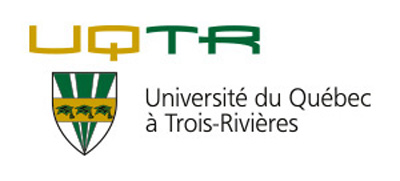Related projects
Discover more projects across a range of sectors and discipline — from AI to cleantech to social innovation.
Mitacs brings innovation to more people in more places across Canada and around the world.
Learn MoreWe work closely with businesses, researchers, and governments to create new pathways to innovation.
Learn MoreNo matter the size of your budget or scope of your research, Mitacs can help you turn ideas into impact.
Learn MoreThe Mitacs Entrepreneur Awards and the Mitacs Awards celebrate inspiring entrepreneurs and innovators who are galvanizing cutting-edge research across Canada.
Learn MoreDiscover the people, the ideas, the projects, and the partnerships that are making news, and creating meaningful impact across the Canadian innovation ecosystem.
Learn MoreBased on the evaluation of modelled soil vapour concentrations it is common for soil contaminants of concern (i.e., volatile contaminants) to pose a potential health risk to receptors via the soil-to-indoor air vapour migration pathway. However, it is understood that the approach used to model vapour concentrations in indoor air, though acceptable to the Ontario Ministry of the Environment, is highly conservative based on the assumptions related to the maximum soil concentrations and potential for natural attenuation of soil vapours. Consequently, as a result of these predicted risks, risk management plans must often be designed to mitigate the theoretical risk from the vapour intrusion pathway. Such risk management measures are implemented at a considerable cost to site owners/developers. To avoid these potentially unnecessary risk management measures it is now common practice to collect soil vapour samples to measure the concentrations of contaminants of concern in soil vapour, resulting in a more accurate assessment of the risk posed by vapour intrusion. The research that will be completed will help Stantec streamline soil vapour intrusion programs completed in Ontario by understanding the benefits of used measured soil vapour data, from the initial set-up of the program through to the writing of reports.
Dr. Roberta Fulthorpe
Ashley Becevello
Stantec Consulting Ltd.
Environmental sciences
Construction and infrastructure
University of Toronto
Accelerate
Discover more projects across a range of sectors and discipline — from AI to cleantech to social innovation.
Find the perfect opportunity to put your academic skills and knowledge into practice!
Find ProjectsThe strong support from governments across Canada, international partners, universities, colleges, companies, and community organizations has enabled Mitacs to focus on the core idea that talent and partnerships power innovation — and innovation creates a better future.













































































































































































































































































































